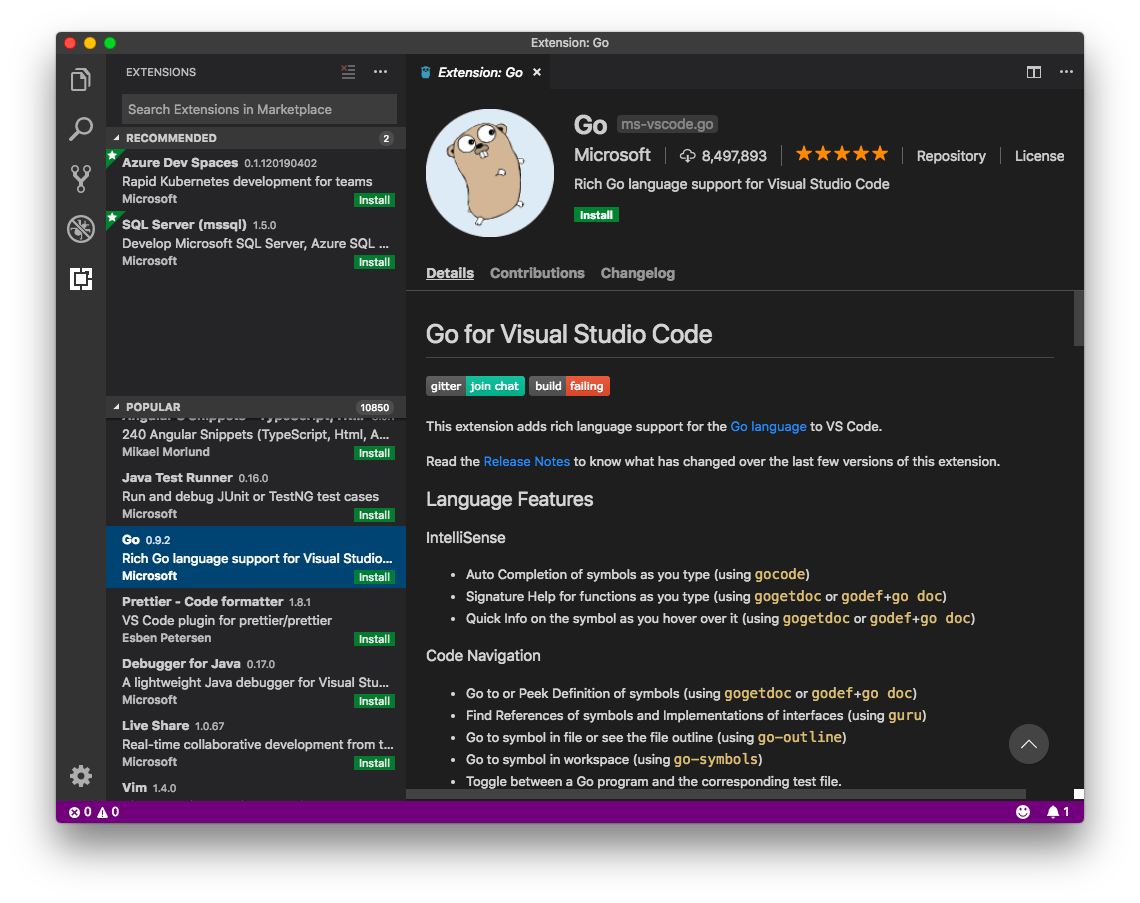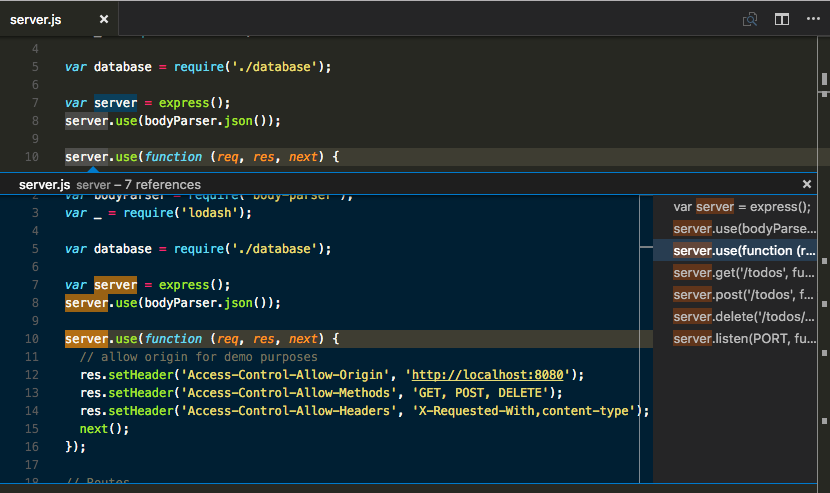
We should have a directory tree like this. We’ll use a Node.js application to demonstrate the capabilities the Docker plugin adds to VSCode. There are also a few commands added to the command palette, which you can view by opening the command palette and typing in docker. On the left most pane, there’s a new Docker section with the Docker logo, which when clicked opens the Docker Explorer with three sections. Once installed, you should notice a few new things in your Visual Studio Code instance.

Once you have Visual Studio Code installed, open it click on the extensions section on the left most pane, and search for Docker. You also need to have Visual Studio Code installed.

Instructions on how to install and run docker are available here, and it should be specific to the particular operation system you are running. You need to have docker installed on your work station. We’ll use this plugin with two developer stacks: Node.js and Go. Docker allows us to package our applications into images and run them as containers on any platform that has Docker installed.

In this article we’ll use the Docker Plugin for Visual Studio Code.


 0 kommentar(er)
0 kommentar(er)
